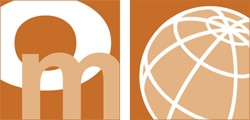The safe water kiosk project
|
Country: |
Kenya, Sub-Saharan Africa Show on interactive map |
|
Active from: |
Aug 2009 to Jan 2011 |
|
Implementing organisation(s): |
Safe Water Network from USA, International Institute of Rural Reconstruction (IIRR), PureFlow, Sterling Micro and HOPE Worldwide Kenya |
|
Donor(s): |
IDRC |
|
Contact persons: |
|
|
Summary: |
The Safe Water Kiosk Project is a collaborative effort between five |
|
Objectives of the intervention: |
To improve the health of communities through provision of safe drinking water, while using sustainable low cost water purification systems. |
|
Why was OM chosen? |
To realise optimal behavior change among the local actors and community members, within the shortest possible period. IDRC were keen to use this as a pilot for the application of OM to a community-based business approach involving many stakeholders and strategic partners. |
|
How was OM used? |
Planning, Monitoring, Evaluation |
|
What was the experience of using OM? |
Significant successes were realized in the OM adaptation, especially on the achievements of outcome challenges. OM helped to introduce a paradigm shift which helped communities and entrepreneurs realise that to achieve results we need to change attitudes, to look at things we are doing and what we need to change to do things right. Clean water was available and within their reach but only once attitudes were changed. |
Options
- Log in to add a comment

